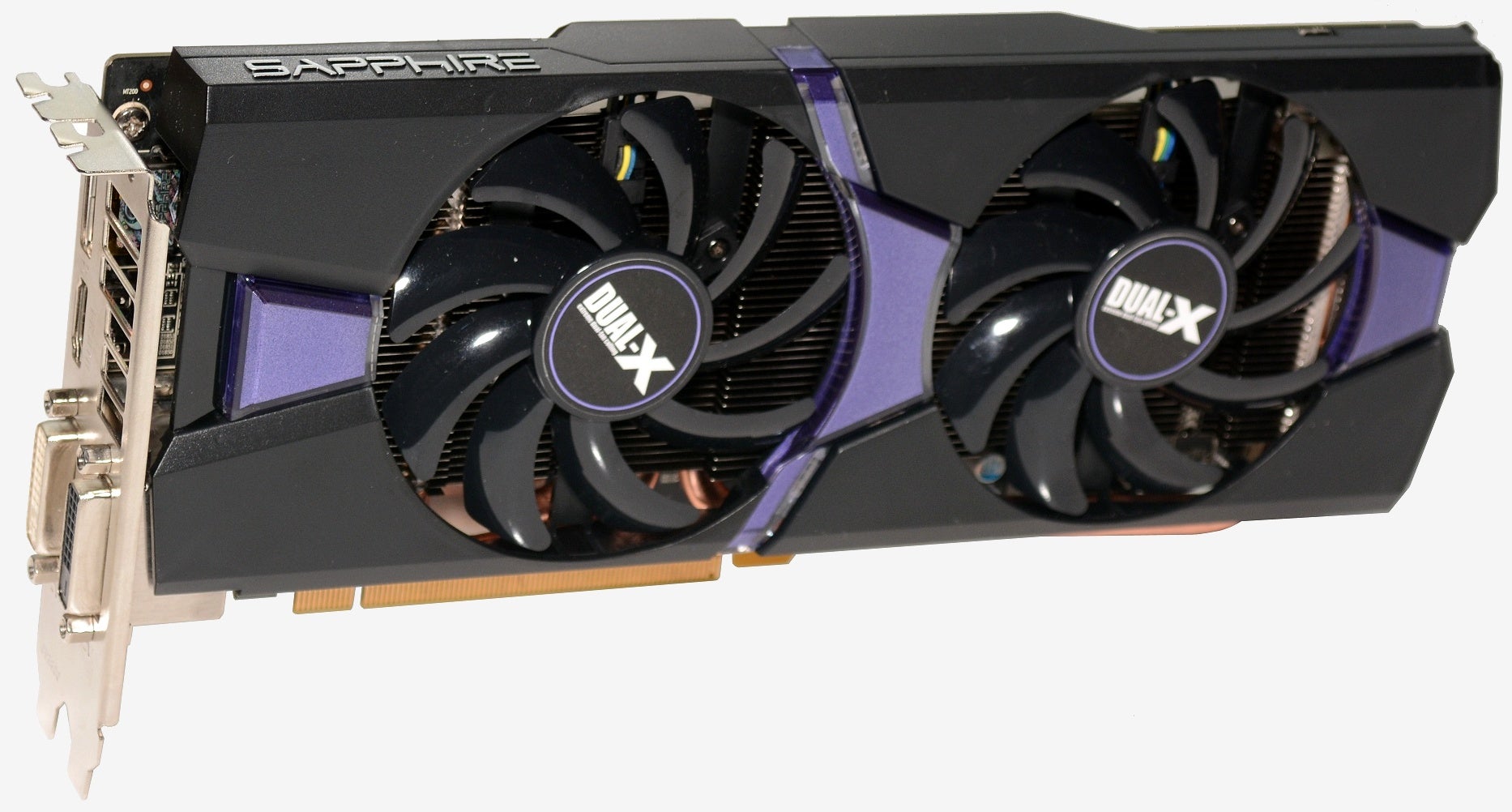

Amd radeon r9 200 series driver crash software#
OpenCL accelerates many scientific Software Packages against CPU up to factor 10 or 100 and more. Virtual super resolution is similar to Dynamic Super Resolution, a feature available on competing nVidia graphics cards, but trades flexibility for increased performance. This process is an alternative to supersampling which is not supported by all games. Each frame is then downsampled to native resolution. Originally introduced with the previous generation R9 285 and R9 290 series graphics cards, this feature allows users to run games with higher image quality by rendering frames at above native resolution. A particular focus is on dual GPU setups where each GPU will now render for one eye individually of the display. The aim is to reduce latency between hardware so that the hardware can keep up with the user's head movement, eliminating the motion sickness. LiquidVR is a technology that improves the smoothness of virtual reality.


ĪMD TrueAudio was introduced with the AMD Radeon Rx 200 Series, but can only be found on the dies of GCN 2nd gen and later products.ĪMD's SIP core for video acceleration, Unified Video Decoder and Video Coding Engine, are found on all GPUs and are supported by AMD Catalyst and by the open-source Radeon graphics driver.Ī completely new feature to the lineup allows users to reduce power consumption by not rendering unnecessary frames.
Amd radeon r9 200 series driver crash pro#
The flagship device, the Radeon R9 Fury X, was released on June 24, 2015, with the dual-GPU variant, the Radeon Pro Duo, being released on April 26, 2016. The Radeon 300 series cards including the R9 390X were released on June 18, 2015. However, the remaining GPUs in the series outside the Tonga based R9 380 and R9 380X are based on previous generation GPUs with revised power management, and therefore only feature GDDR5 memory (something Tonga does as well). HBM is faster and more power efficient than GDDR5 memory, though also more expensive. Some of the cards in the series include the Fiji based flagship AMD Radeon R9 Fury X, cut-down Radeon R9 Fury and small form factor Radeon R9 Nano, which are the first GPUs to feature High Bandwidth Memory (HBM) technology, which AMD co-developed in partnership with SK Hynix. The series includes the Fiji and Tonga GPU dies based on AMD's GCN 3 or "Volcanic Islands" architecture, which had originally been introduced with the Tonga based (though cut-down) R9 285 slightly earlier. All of the GPUs of the series are produced in 28 nm format and use the Graphics Core Next (GCN) micro-architecture. The Radeon R5/R7/R9 300 series is a series of Radeon graphics cards made by Advanced Micro Devices (AMD). Vulkan 1.2 (GCN 2nd gen and newer) or Vulkan 1.0 (GCN 1st gen)


 0 kommentar(er)
0 kommentar(er)
